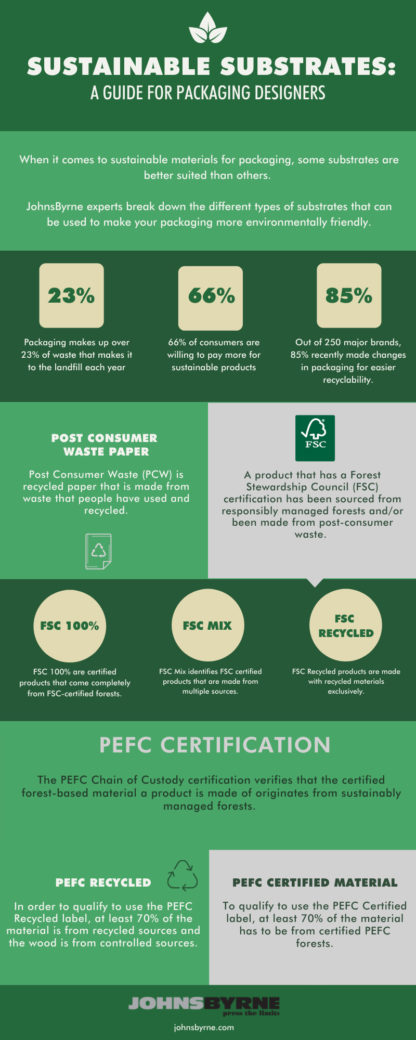
Eco-Friendly Living: Sustainable Material Tips for Greener Choices
Living sustainably involves making conscious choices, especially when it comes to the materials we use in our daily lives. From home decor to clothing and packaging, opting for sustainable materials contributes to a healthier planet. Here are some tips to guide you toward making greener choices in your material selections.
Understanding Sustainable Materials
The first step in embracing sustainable living is understanding what makes a material sustainable. Sustainable materials are sourced, produced, and utilized in ways that minimize their environmental impact. This includes considerations for renewable resources, energy efficiency, responsible harvesting practices, and the overall life cycle of the material.
Choosing Renewable Resources
Prioritize materials derived from renewable resources that can be replenished naturally. Bamboo, for example, is a fast-growing grass that can be harvested sustainably for various purposes, including furniture and flooring. By choosing materials that don’t deplete finite resources, you contribute to the long-term health of ecosystems.
Opting for Recycled and Upcycled Materials
Support the circular economy by choosing materials made from recycled or upcycled content. This reduces the demand for new raw materials and helps divert waste from landfills. Look for products made from recycled plastic, glass, or reclaimed wood. These materials often maintain their quality while reducing the environmental footprint associated with traditional manufacturing.
Exploring Low-Impact Production Processes
Consider the production processes of materials and opt for those with lower environmental impacts. Some materials require excessive energy consumption or release harmful pollutants during production. Choosing materials produced through eco-friendly processes, such as low-emission manufacturing or water-saving techniques, minimizes the overall ecological footprint.
Prioritizing Locally Sourced Materials
Choosing locally sourced materials supports regional economies and reduces the carbon footprint associated with transportation. Locally sourced materials often require less energy for transportation, helping to mitigate the environmental impact of long-distance shipping. Look for products that proudly highlight their local origins.
Embracing Organic and Natural Fibers
In clothing, furnishings, and textiles, opt for organic and natural fibers. Cotton, linen, hemp, and wool are examples of fibers that can be grown or produced without synthetic pesticides and fertilizers. These materials are biodegradable and often have a lower environmental impact compared to their conventional counterparts.
Avoiding Harmful Chemicals and Toxins
Be mindful of the chemicals and toxins present in materials, especially in products that come in direct contact with your skin or indoor air. Choose materials that are certified free of harmful substances, such as textiles labeled with Oeko-Tex or Global Organic Textile Standard (GOTS) certifications. This ensures that the materials meet strict environmental and health criteria.
Investing in Durable and Long-Lasting Materials
Choose materials known for their durability and longevity. Investing in high-quality, long-lasting products reduces the frequency of replacements and minimizes waste. Look for materials that can withstand wear and tear, as well as changing trends, ensuring a timeless and sustainable choice.
Considering Energy-Efficient Building Materials
For those involved in construction or renovation projects, prioritize energy-efficient building materials. This includes materials with excellent insulation properties, such as recycled denim insulation or structural insulated panels. Energy-efficient materials contribute to reduced energy consumption and lower utility costs over time.
Educating Yourself and Making Informed Choices
Stay informed about sustainable materials and advancements in eco-friendly technologies. The landscape of sustainable materials is constantly evolving, with innovative solutions emerging regularly. Educate yourself on the latest developments, read labels, and make informed choices that align with your values and environmental goals.
Visit Sustainable Material Tips for additional insights and resources on making greener material choices. By incorporating these sustainable material tips into your lifestyle, you contribute to a more environmentally conscious and sustainable world.



